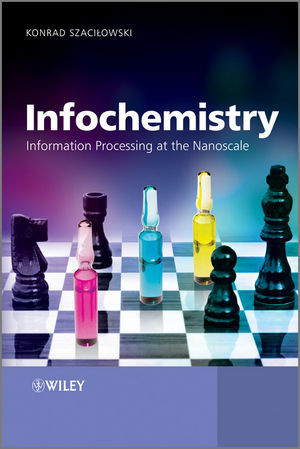

Most ebook files are in PDF format, so you can easily read them using various software such as Foxit Reader or directly on the Google Chrome browser.
Some ebook files are released by publishers in other formats such as .awz, .mobi, .epub, .fb2, etc. You may need to install specific software to read these formats on mobile/PC, such as Calibre.
Please read the tutorial at this link: https://ebookbell.com/faq
We offer FREE conversion to the popular formats you request; however, this may take some time. Therefore, right after payment, please email us, and we will try to provide the service as quickly as possible.
For some exceptional file formats or broken links (if any), please refrain from opening any disputes. Instead, email us first, and we will try to assist within a maximum of 6 hours.
EbookBell Team

0.0
0 reviewsDivided into twelve chapters; the first three chapters serve as an introduction to the basic concepts of digital information processing, its development, limitations and finally introduces some alternative concepts for prospective technologies. Chapters four and five discuss traditional low-dimensional metals and semiconductors and carbon nanostructures respectively, while further chapters discuss Photoelectrochemical photocurrent switching and related phenomena and self-organization and self-assembly. Chapters eight, nine and ten discuss information processing at the molecular level, and eleven describes information processing in natural systems. The book concludes with a discussion of the future prospects for the field.
Further topics:
This book will be of particular interest to researchers in nanoelectronics, organic electronics, optoelectronics, chemistry and materials science.Content:
Chapter 1 Introduction to the Theory of Information (pages 1–21):
Chapter 2 Physical and Technological Limits of Classical Electronics (pages 23–35):
Chapter 3 Changing the Paradigm: Towards Computation with Molecules (pages 37–61):
Chapter 4 Low?Dimensional Metals and Semiconductors (pages 63–117):
Chapter 5 Carbon Nanostructures (pages 119–164):
Chapter 6 Photoelectrochemical Photocurrent Switching and Related Phenomena (pages 165–197):
Chapter 7 Self?Organization and Self?Assembly in Supramolecular Systems (pages 199–223):
Chapter 8 Molecular?Scale Electronics (pages 225–248):
Chapter 9 Molecular Logic Gates (pages 249–322):
Chapter 10 Molecular Computing Systems (pages 323–403):
Chapter 11 Bioinspired and Biomimetic Logic Devices (pages 405–456):
Chapter 12 Concluding Remarks and Future Prospects (pages 457–459):